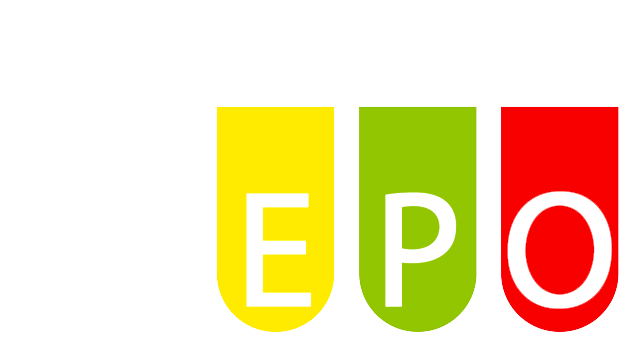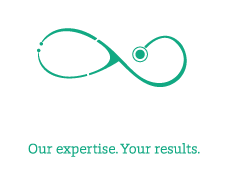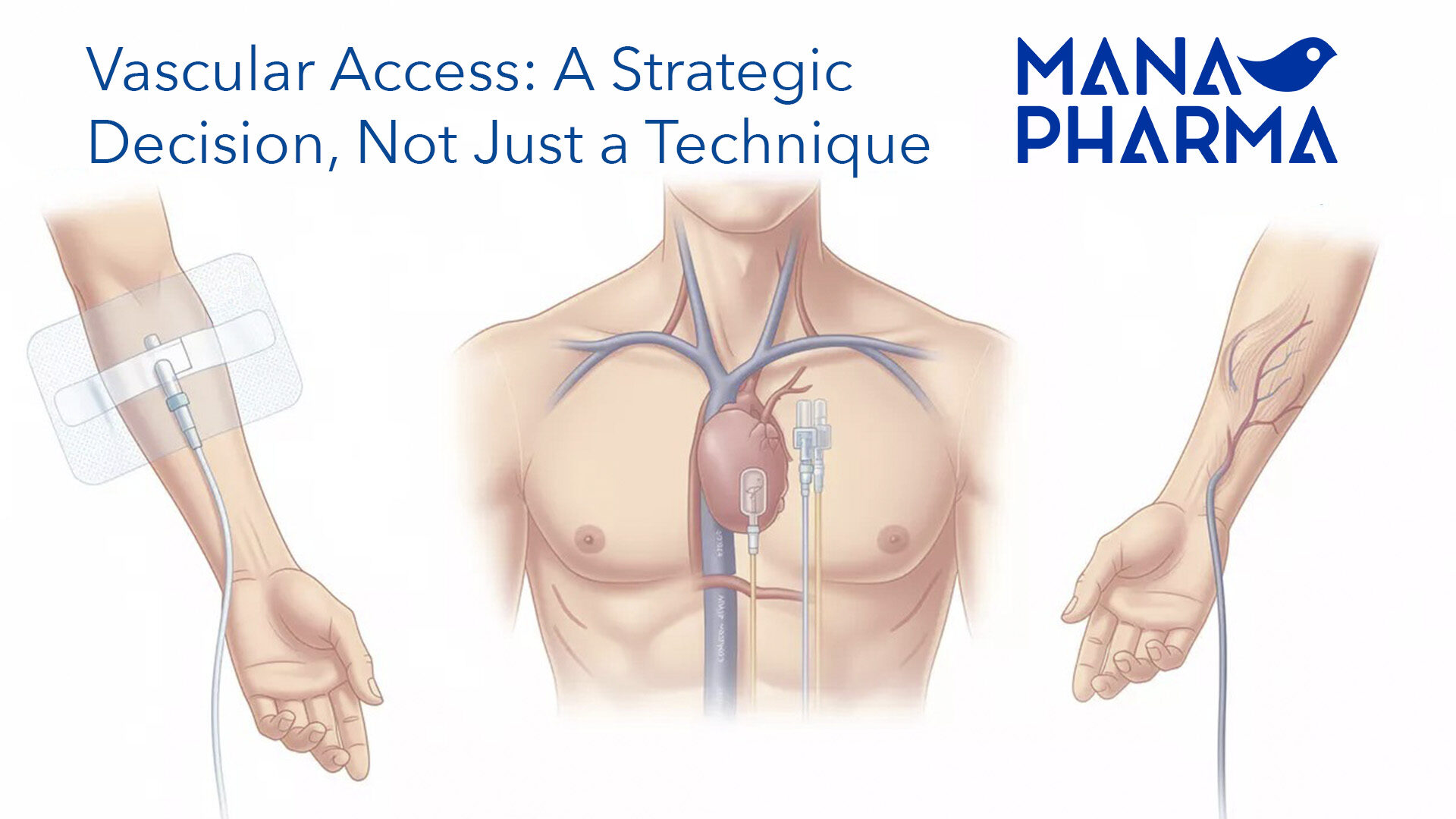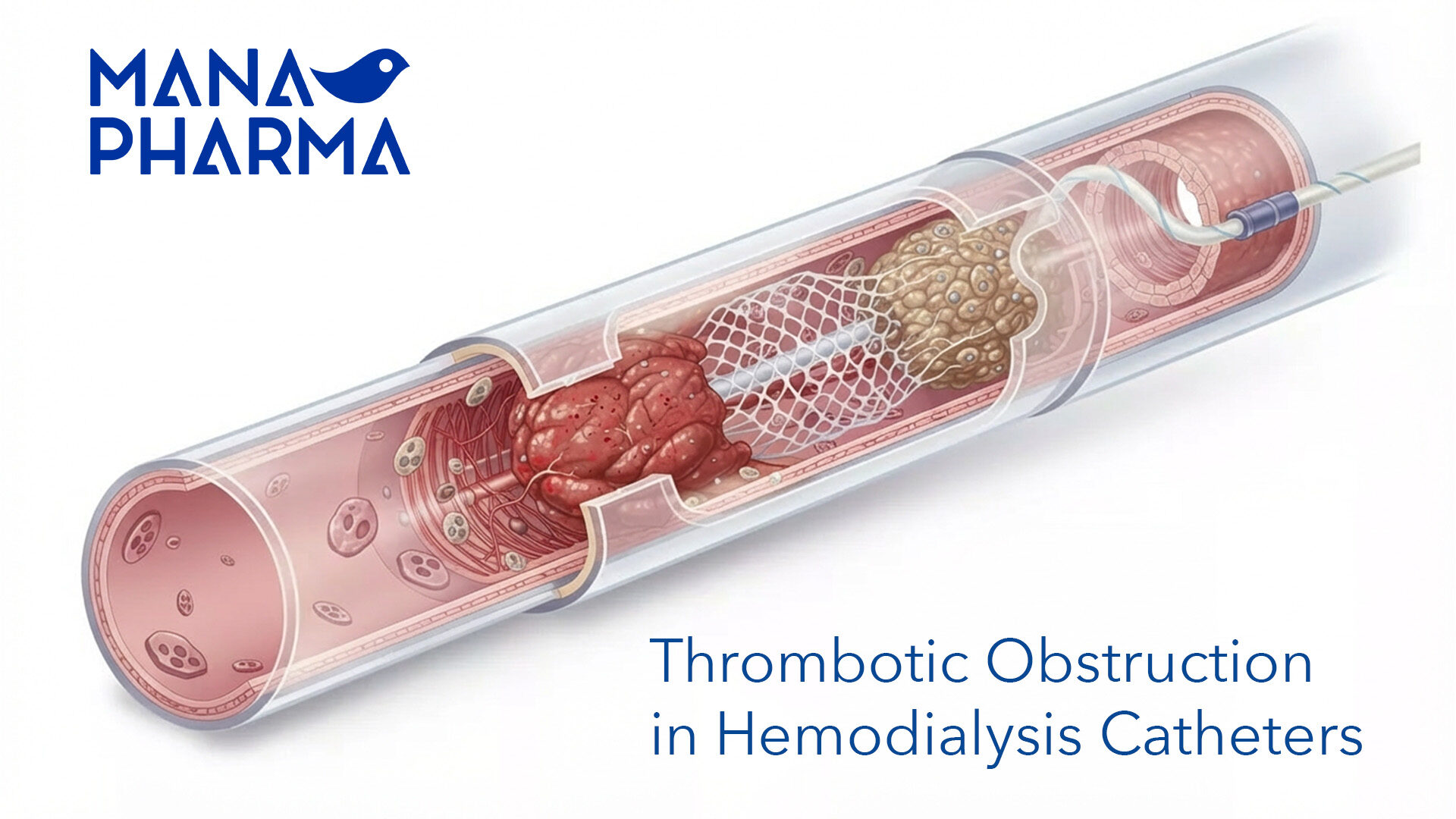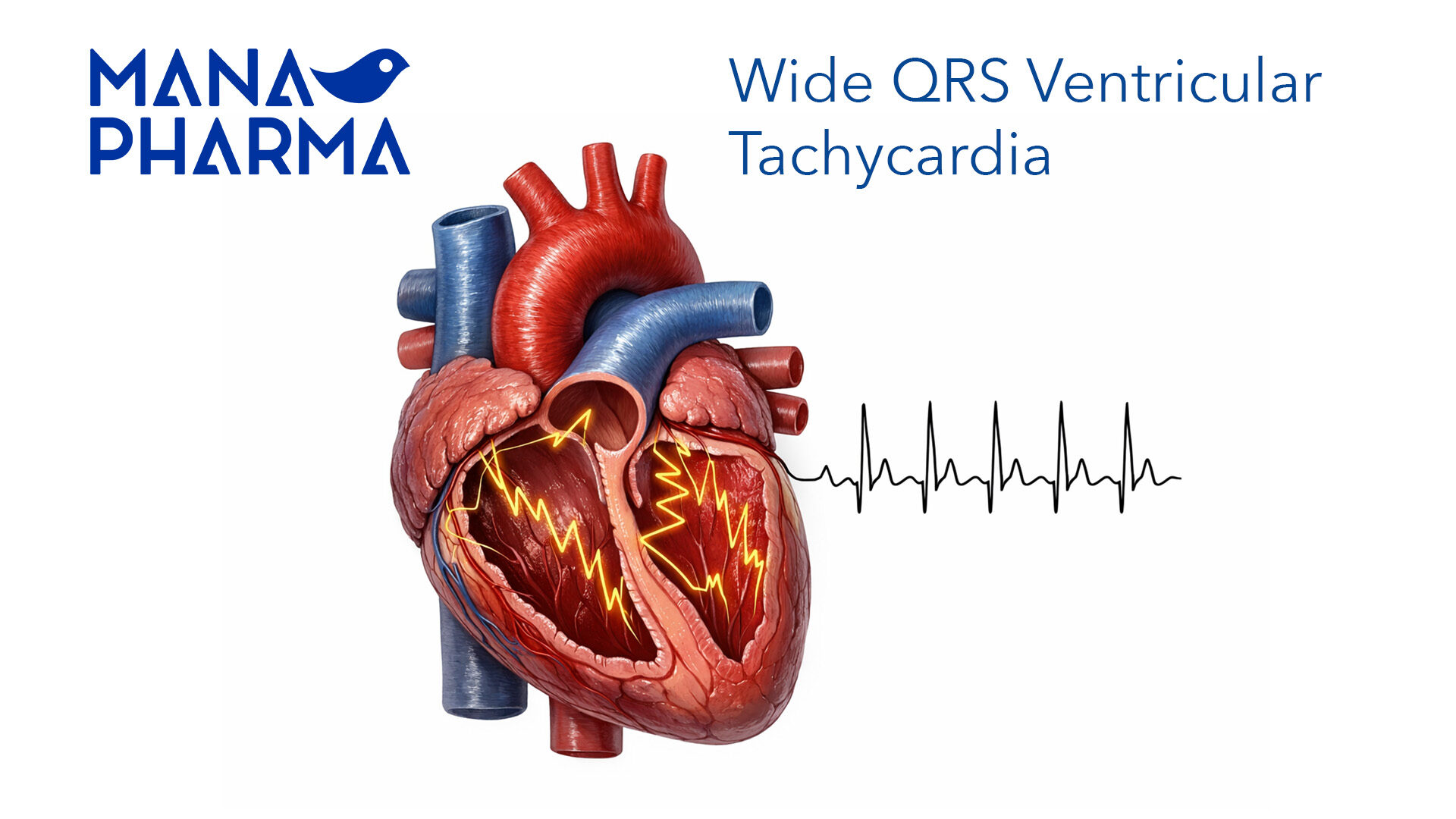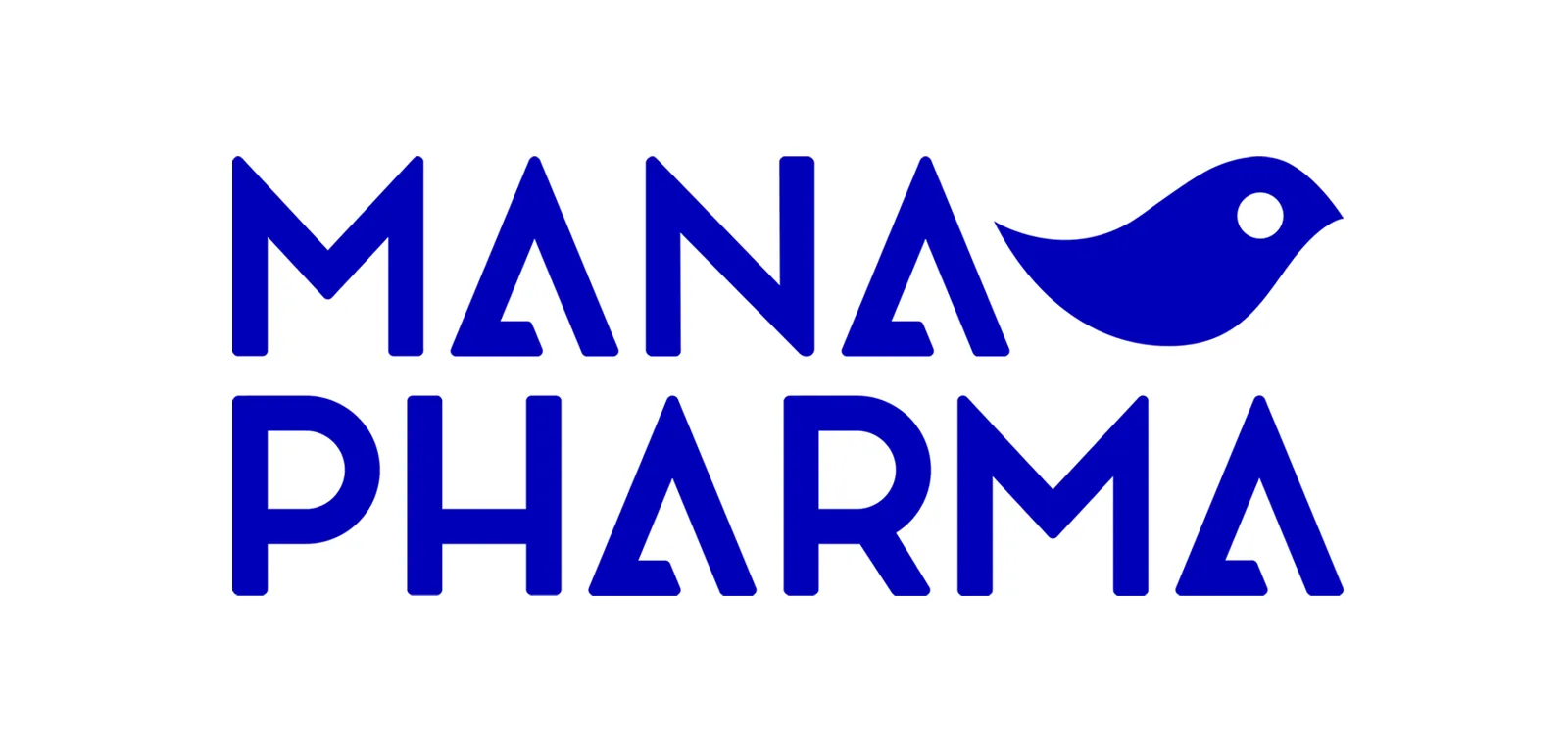Pharmacovigilance is a fundamental discipline in public health, responsible for monitoring, evaluating, and preventing the adverse effects of medications once they have been marketed. Its primary goal is to ensure that drugs are safe and effective for patients, minimizing the risks associated with their use.
In this article, we will explore what pharmacovigilance is, who it affects, who can contribute, where to report suspected adverse reactions, why it is an indispensable tool in the healthcare system, and how we approach it at MANA PHARMA.
What is Pharmacovigilance?
Pharmacovigilance is the science dedicated to detecting, assessing, understanding, and preventing adverse drug reactions or any other problems related to medication use. Although drugs undergo rigorous clinical trials before approval, these studies cannot predict all possible side effects due to limitations such as:
Small sample sizes in clinical trials.
Short follow-up periods in some research phases.
Exclusion of certain groups (pregnant women, children, elderly patients, or those with multiple conditions).
For this reason, pharmacovigilance acts as a continuous monitoring system, collecting real-world data to identify previously undetected risks.
Who Does Pharmacovigilance Affect?
Pharmacovigilance impacts multiple stakeholders in the healthcare system:
Patients: The primary beneficiaries, as it seeks to protect their health through early risk identification.
Doctors and healthcare professionals: Enables informed decision-making when prescribing medications.
Health authorities (such as the Spanish Agency for Medicines and Medical Devices – AEMPS, the FDA in the U.S., or the EMA in Europe): Use the data to implement regulatory measures (withdrawing a drug, updating its label, etc.).
Pharmaceutical industry: Must comply with legal reporting obligations and take corrective actions if issues are detected.
Society at large: A robust pharmacovigilance system enhances trust in medical treatments.
Who Can Contribute to Pharmacovigilance?
Anyone can contribute to pharmacovigilance, but the main collaborators are:
Healthcare professionals
Doctors, nurses, and pharmacists: Detect and report suspected adverse reactions in their patients.
Clinical researchers: Monitor side effects in post-marketing studies.
Patients and caregivers
Can report unwanted effects through direct notification systems.
Health authorities and regulatory agencies
Collect and analyze data to make evidence-based decisions.
Pharmaceutical industry
Legally required to gather and report adverse events to regulatory agencies.
Universities and research centers
Conduct epidemiological studies to assess drug safety.
Where to Report Suspected Adverse Reactions?
In Spain, reports are primarily submitted through the Spanish Pharmacovigilance System for Human Medicines (SEFV-H), coordinated by the AEMPS. Reporting channels include:
Yellow Card: A form available in hospitals and pharmacies.
Online portal: Electronic reporting via the AEMPS website.
Mobile apps: Some regions offer apps to facilitate reporting.
Internationally, data is shared with the World Health Organization (WHO) through the VigiBase program, which centralizes information from over 150 countries.
Why is Pharmacovigilance Necessary?
Pharmacovigilance is essential for several reasons:
Detect unknown risks: Some adverse effects only appear when a drug is used by millions.
Assess benefit-risk balance: Determine whether a drug remains safe relative to its therapeutic benefits.
Prevent patient harm: Early warnings allow for the withdrawal or restriction of dangerous medications.
Improve medical information: Update package inserts and clinical guidelines with new findings.
Promote transparency: Build trust in healthcare systems and the pharmaceutical industry.
Comply with legal regulations: Pharmaceutical companies and governments have ethical and legal obligations to monitor drug safety.
Examples of Pharmacovigilance Importance
Though pharmacovigilance reporting is ongoing, there have been historic and recent high-impact cases:
Thalidomide (1960s): Caused congenital malformations in thousands of babies, leading to the creation of modern pharmacovigilance systems.
Vioxx: An anti-inflammatory withdrawn in 2004 due to increased cardiovascular risk.
Rosiglitazone: A diabetes drug restricted in 2010 due to potential heart issues.
More recently, a diabetes medication remains on the market as it remains beneficial when used appropriately.
Introduction
A medication initially developed for type 2 diabetes has gained popularity for its weight-loss side effect, leading to its off-label prescription for obesity.
This surge in demand has raised safety concerns, making it a relevant pharmacovigilance case. Below, we analyze the detected risks, reported adverse reactions, and how health authorities have responded.
It was discovered that, in addition to improving glycemic control by stimulating insulin release in type 2 diabetes patients, it also reduces appetite and delays gastric emptying, promoting weight loss. As a result, it has become popular among those seeking to lose weight.
Detected Safety Issues
Severe Gastrointestinal Effects
Intense nausea and vomiting (sometimes persistent).
Acute pancreatitis (pancreas inflammation).
Gastroparesis (stomach paralysis), requiring hospitalization in severe cases.
Hypoglycemia Risk in Non-Diabetics
Rare but dangerous blood sugar drops in people without diabetes.
Possible Thyroid Tumor Link
Animal studies suggested a potential connection to medullary thyroid cancer, though unconfirmed in humans. Contraindicated in patients with a history of this tumor.
Misuse and Lack of Medical Supervision
Many obtain it without prescriptions (black market or questionable prescriptions).
Reports of eating disorders (e.g., compulsive use for rapid weight loss).
How Pharmacovigilance Has Responded
Reports to Authorities
EudraVigilance (EU): Over 5,000 adverse event reports.
FDA Adverse Event Reporting System (FAERS): Alerts for severe gastrointestinal issues.
Regulatory Measures Taken
Updated labels: Warnings on pancreatitis and intestinal obstruction.
Ongoing investigations: EMA assessing possible suicide risk links.
Prescription controls: Some countries restrict sales to diabetes patients due to shortages.
What This Case Teaches Us About Pharmacovigilance
Drugs can have unforeseen uses, requiring continuous monitoring.
Off-label use increases risks, especially without medical oversight.
Social media influences demand (e.g., TikTok promotions as a “miracle” weight-loss solution).
Pharmacovigilance must be agile to detect early warning signs.
This recent case shows how an effective drug can become a safety challenge when used beyond its target population. Thanks to pharmacovigilance, risks have been identified and measures taken to protect patients.
Pharmacovigilance: A Pillar of Drug Safety
Pharmacovigilance is a cornerstone of medication safety. Its success depends on collaboration among patients, healthcare professionals, authorities, and the pharmaceutical industry. We can all contribute by reporting suspected adverse reactions, improving the quality and safety of medical treatments.
An effective pharmacovigilance system not only safeguards public health but also strengthens trust in medications and the healthcare system. Thus, promoting its development and participation is crucial.
What Can We Do?
✔ Patients: Report adverse effects to doctors or health authorities.
✔ Doctors: Prescribe responsibly and educate on risks.
✔ Authorities: Monitor trends and adjust regulations.
How We Implement Pharmacovigilance at MANA PHARMA
At MANA PHARMA, we have a structured pharmacovigilance system dedicated to the ongoing safety management of our medications. This system covers both products for which we act as the Marketing Authorization Holder (MAH) and those where we serve as the Local Representative.
Our pharmacovigilance activities include:
Monitoring national and international scientific literature.
Tracking individual safety case reports (ICSRs), both spontaneous and from authorities or other sources.
Monthly reconciliations with partners to ensure data consistency.
Preparing and reviewing safety reports (e.g., PSURs, Risk Management Plans).
Signal detection activities.
Tracking regulatory changes via health authority websites.
Implementing additional risk minimization measures.
Managing safety-related variations in product documentation.
A 24/7 emergency contact channel for pharmacovigilance issues.
Handling deviations and corrective/preventive actions (CAPAs).
Participating in audits or system inspections.
All information is recorded and archived according to defined internal procedures, ensuring traceability, regulatory compliance, and a strong commitment to patient safety.
Do you want to report a suspicion related to a medication to our pharmacovigilance service? Enter this page and discover how to do it.


